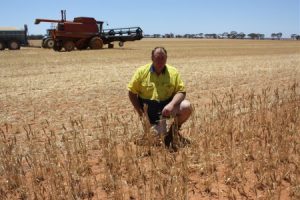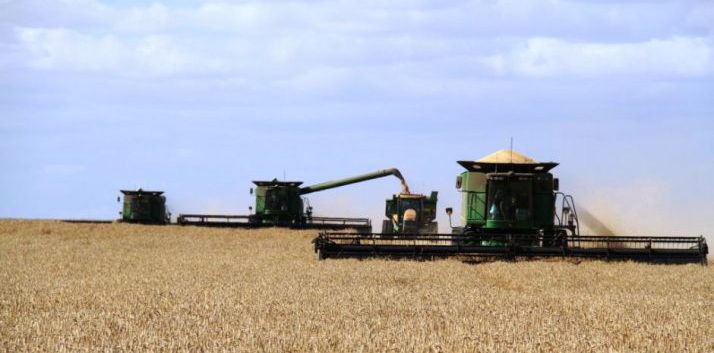Climate change is causing everyone to plan ahead for the future.
Experimenting with new ideas is important so we can better understand what will work in the future.
For decades farmers have been dealing with heat waves, flooding, droughts and extreme colds. We can only expect these issues to continue into the future.
Paul Blackwell, retired from CSIRO and DAFWA, has a few suggestions and guidelines that may work for farmers in a Controlled Traffic Farming (CFA) framework.
Heat Stress
Low rainfall crops can be diminished by approximately one-third for every degree above 35 degrees per day of flowering.
The following strategies may help reduce heat stress:
- By orientating the rows and tramlines north-south or NW-SE you can allow more of the afternoon’s sun between the rows and not on the crop.
- Burying topsoil and appropriate organic matter in the subsoil can help cool the heads of flowering crops and pastures by encouraging root density in the subsoil.
Cold Stress (radiation frost)
It may be possible to increase canopy temperature on cold nights (following sunny afternoons) if sunlight can heat the soil between rows and be released to warm the crop later at night. Guidelines of north-south to NW-SE orientations, wide rows and stubble apply.
Extreme Dry (after summer rain)
Verified by good soil modelling and experimental investigations by The University of Western Australia, Paul Blackwell explains the importance of moisture;
“Keep the subsoil moisture in better with a less compact profile to wick away the moisture and protective stubble to minimise evaporation. Do early sowing between or next to rows to help conserve that benefit. Also, employ dry ridges of non-wetting sand between rows to further lower summer evaporation rates by using smart furrow sowing.”
Extreme Wet
- Apply safe surface drainage with peak stubble levels,
- Use slow overland flow along tramlines
- Furrows with less than 3 percent slope
- Create drive-through drains in complex slope systems for safer water disposal.

These ideas have been backed by farmers and consultants in the southern WA Wheatbelt.
Some of these ideas are being tried at Anthill Farm, Dartmoor.
Image source: farmweekly.com.au
Source: Farm Weekly
Feature image source: abc.net.au


